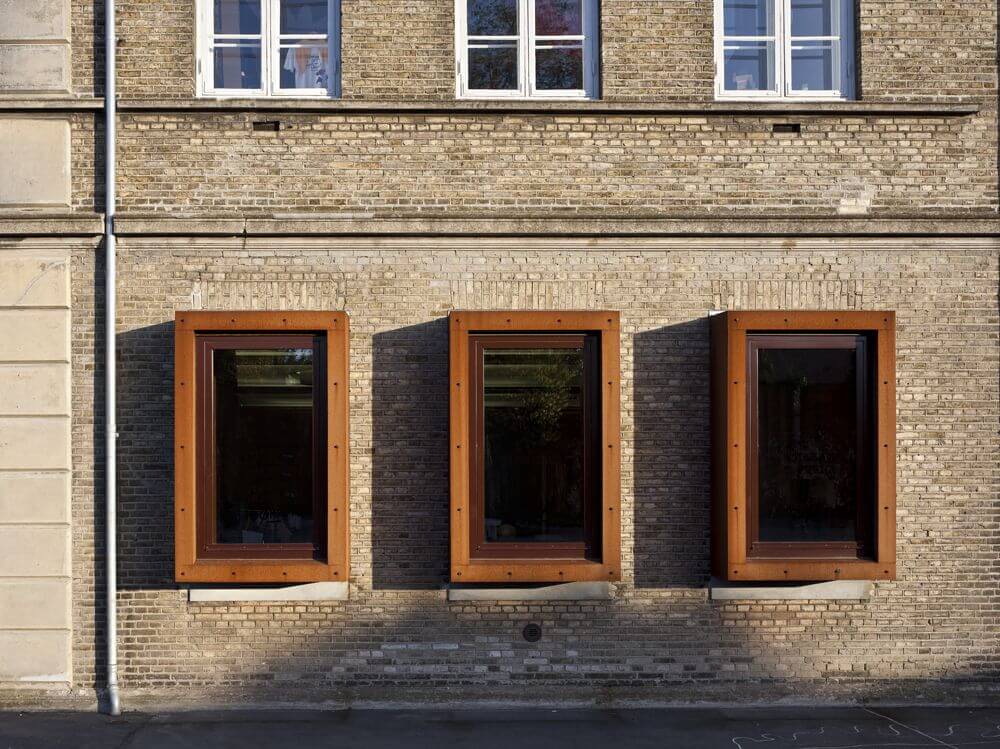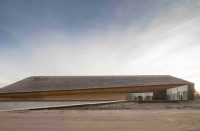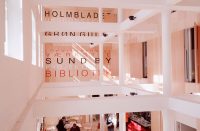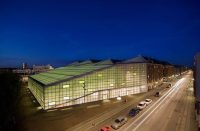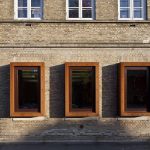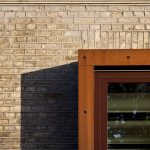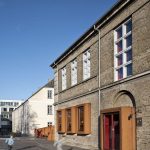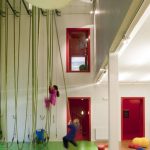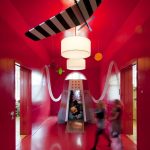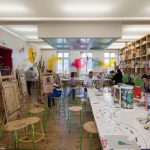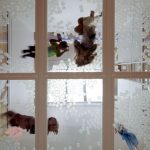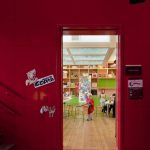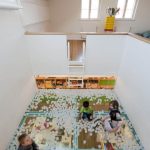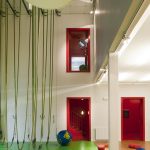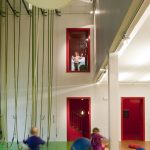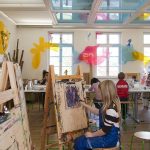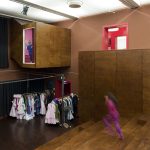Architect(s): Dorte Mandrup
Address: Skolegade 2, KOLDING, Denmark
Latitude/Longitude: 55.491003226212456,9.470743234600379
Photographs: Adam Mørk
Nicolai Cultural Centre is a conversion of 5 previous school buildings enclosing a common schoolyard.
Each building represents a period in Danish school history, from the first school dating 1856 to the last built that opened in 1909. None of the buildings were no longer in use as school buildings, two were listed as cultural heritage.
The project is a result of a competition in 2002, which programmed a conversion of the complex to be the future Cultural Centre of Kolding. The competition were hosted by The City of Kolding, supported by the foundation RealDania, who were especially interested in new ways of conversion and use of listed cultural buildings.
The main concept for the conversion was conceived in close collaboration with the landscape architect.
1) To connect the 5 buildings, all very different in material and volume, with the use of the same material – corroded steel for all new additions. Large vertical and horizontal slabs of corroded steel walls connect the different volumes and make a sense of unity.
2) To keep the informal asphalt schoolyard as the surface connecting to history, but upgraded and spatially nuanced.
3) A collage like strategy for the renovation and conversion changes. The quite tight budget was strongly prioritized. Some surfaces were stripped down bare, some were left as it was and some were clearly added new additions. Some spaces were altered dramatically and some barely painted.
The Cultural Center consists of 5 different houses with their own functional identity.
1. Cinema house and café
The Cinema House holds a non-profit art cinema, with two cinema halls, and in connection a videotheque, café and restaurant. In addition to this the local TV station has studios and offices.
2. House of heritage
The House of heritage holds the archive of local history and, in connection to this, open study offices, lecture hall, meeting spaces and administration.
3. House of Children’s Culture
The House of children’s culture is supported by the LOA foundation and is an open program were the children of Kolding can do different cultural activities, drama, theatre, dance and movement, and work in the different workshops.
The building is converted to offer as much transparency and openness as possible within the old structural frame, and at the same time facilitate strange and unexpected paths, mysterious places and new views.
The main themes that carry the different interconnecting spatiality as you move up through the house are the cave, the forest and the sky. Functionally The house has a small theatre with connecting wardrobes, a double height space with robes and a feathering floor for dance and movement, and two permanent workshop spaces, and in addition mobile workshop furniture that holds everything you need for woodwork, sewing etc.
4. The house of arts and crafts mainly holds studio spaces for rent for local professional artists.
5. The house of music is an old Gym that was added a new small addition that consists of entrance hall/foyer and an intimate entrance courtyard.
Text description provided by the architects.
Partners: EKJ (engineer), Jorton (contractor), Arkitekt Kristine Jensens Tegnestue (landscape architect)
Contributed by Dorte Mandrup

